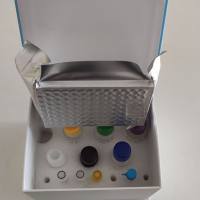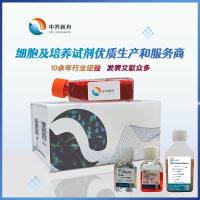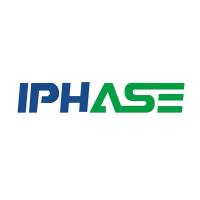Photochemical crosslinking is an approach that is widely used to detect and analyze interactions between proteins and nucleic acids. The approach involves illuminating a mixture of protein and nucleic acid with light of a suitable wavelength to induce photochemical reactions that result in covalent linkages between the nucleic acid and the protein. The protein can be a purified or a recombinant RNA binding protein, but perhaps a more common application is the identification of proteins within a complex cell extract that bind to a specific RNA. Radiolabeled RNA is incubated with the extract, illuminated with suitable wavelength light, the RNA digested and proteins analyzed by sodium dodecyl sulfate-polyacrylamide gel electrophoresis (SDS-PAGE) and autoradiography. Only proteins that were initially bound to the RNA at the time of illumination should have acquired radiolabel. The simplest method is to use short-wave ultraviolet (UV) light (254 nm), which causes direct crosslinking between the bases and adjacent proteins. However, this can result in large amounts of nonspecific damage to bases not actually involved in crosslinking; this limits, e.g., the ability to subsequently map the sites involved in crosslinking. More refined approaches involve the substitution of modified bases that can be activated at longer wavelengths at which the usual bases will remain intact. 4-thiouridine (activated at 330–350 nm) is one of the more common modified bases.






